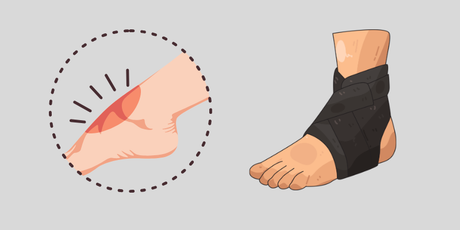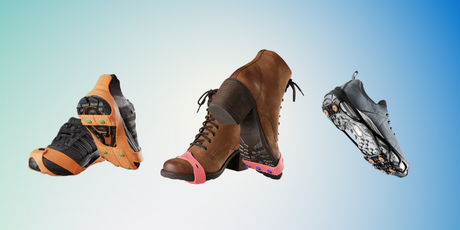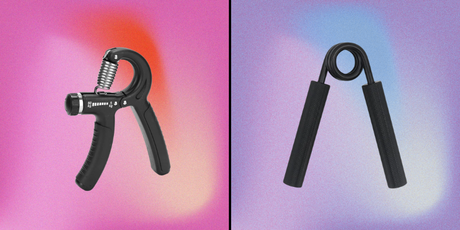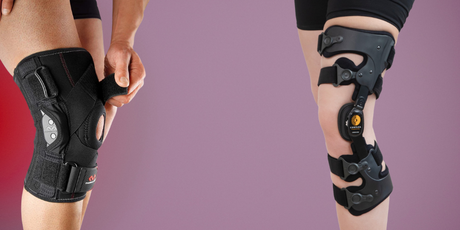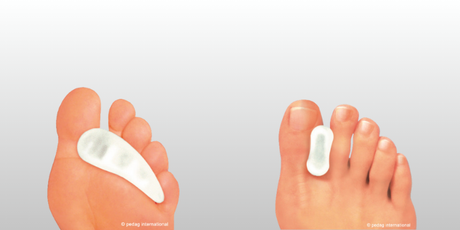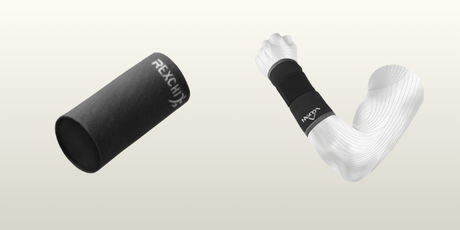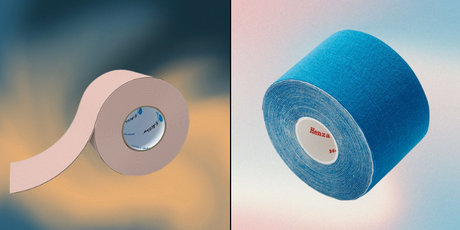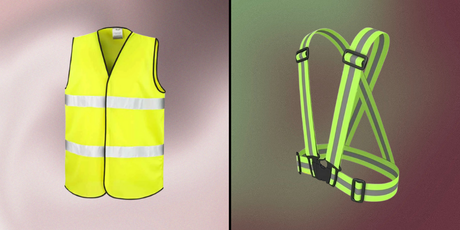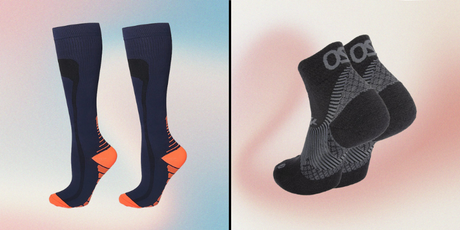High arch. Low arch. Neutral arch. Is one worse than the other and how do you know which type of arch you have?
The truth is that no matter what type of arch you have, it can lead to problems. Therefore, there are insoles for high, low and neutral arches. To identify which arch you have, and what the downsides are, please read through this guide.
DO YOU WANT TO FIND OUT WHAT TYPE OF ARCH YOU HAVE?
Here's what you can do to check it:
1. Soak a towel and lay it out on the floor.
2. Step barefoot on the towel and move your foot to the floor or place your foot on a newspaper or dark paper that allows you to see your footprint. Remember that when you pedal, you should stand up straight and put pressure on your foot.
3. Check your arch using the footprint. Below you can see drawings that you can compare with to see which foot arch you have.

FOR THOSE WHO HAVE A LOW ARCH
Having a low foot arch means that the longitudinal foot arch (arch) is sunken and thus the foot has a "larger" footprint. It can also be referred to as being flat-footed.
WHAT IS A LOW ARCH?
Low arches, or flat feet, are hereditary and can contribute to an excessive pronation motion, which means you place a lot of weight on the inside of your foot. This in turn contributes to a misalignment of the foot which can then contribute to pain in the feet, knees, hips and back.
SYMPTOMS OF LOW ARCH:
- Foot pain
- Tired feet
- Pronation
- Knee, back & hip pain
How to treat low foot arch
To get rid of your low arch problems, you can use insoles specifically designed for low arches and flat feet. The insoles are specifically designed to provide comfort, pain relief and stable support for the arch.
FOR THOSE WITH MEDIUM ARCHED FEET WHAT IS A MEDIUM ARCH?
Even if you have a normal/medium arch, you may experience problems with your feet. When a person with a normal arch walks and stands, it can still cause the arch to be pushed down by the weight of the body. This means that the feet don't get the support and relief they need, creating problems such as foot pain, sore or tired feet.
SYMPTOMS OF MODERATE ARCH SUPPORT:
- Foot pain
- Tired and sore feet when walking and standing a lot.
TREATMENT OF MEDIUM ARCHED FEET
To get rid of the problem, it can be helpful to use anatomical insoles with arch supports that relieve the feet, create a more even weight distribution over the entire surface of the foot and thus give the feet a chance to relax.
FOR THOSE WITH HIGH ARCHES WHAT IS HIGH ARCH?
High arches are usually congenital and can lead to weight-bearing pain as weight is not applied to the whole foot. The problem can come on suddenly but in many cases is the result of prolonged overloading. It is also common for the pain to occur after a lot of walking and standing.
If you have a high arch, it is also common to have pain in the pads and in the heel. Therefore, it is also common to experience a sore, tired feeling in both the heel and under the foot pad. Outwardly twisted feet can also indicate high arches. If you have a high arch and do not treat your problems, it can eventually cause further problems, such as crooked toes and, in the worst case, a so-called hammer toe. High arch is not something that can be cured, but it is something that can be prevented with the right soles and shoes that create a more even weight distribution over the entire surface of the foot while giving the arch the necessary support.
SYMPTOMS OF HIGH ARCH:
- Foot pain
- Tired feet
- Dull feet
- Pain in the heel
- Sore foot pads
In addition to problems with the feet, it is also common to have problems with the knees, hips and back. Therefore, if you have a high arch, it is important that you treat your problems.
TREATMENT OF HIGH ARCHES
To get rid of problems, it can be good to use insoles that are specially designed for people with high arches.
FAQs about Foot Arch Types and Their Management
Q: How can I determine what type of foot arch I have?
A: To identify your foot arch type, you can perform a simple footprint test at home. Here’s how:
- Wet a towel and lay it flat on the ground.
- Step on the towel with bare feet and then stand on a piece of newspaper or dark paper to transfer your wet footprint.
- Compare your footprint to reference drawings to see if you have a high, low, or neutral arch.
Q: What are the common symptoms associated with having a low arch or flat feet?
A: Individuals with low arches or flat feet might experience several symptoms, including:
- Persistent foot pain.
- A sensation of tired feet.
- Pronation, or the inward rolling of the feet while walking.
- Knee, back, and hip pain due to misalignment caused by flat feet.
Q: What kind of insoles should someone with high arches consider, and why are they important?
A: People with high arches should consider insoles designed for high arch support. These specialized products help:
- Distribute weight more evenly across the entire foot.
- Provide necessary support to the arch.
- Relieve common symptoms like foot pain, tired feet, heel pain, and sore foot pads. Using the right insoles is crucial to prevent further issues like crooked toes or hammer toe and alleviate associated discomfort in the knees, hips, and back.




